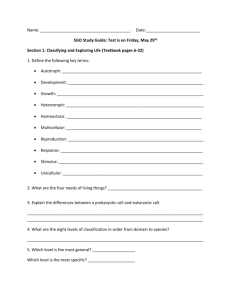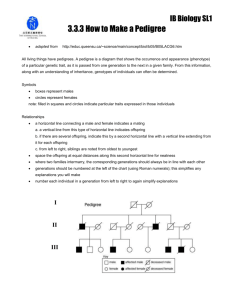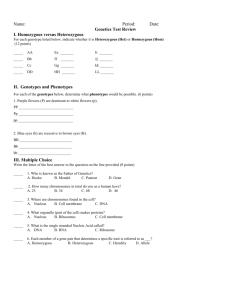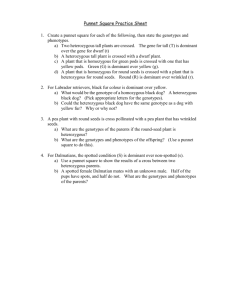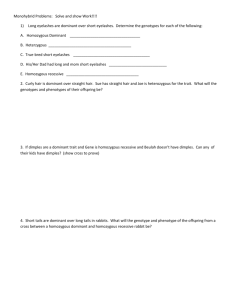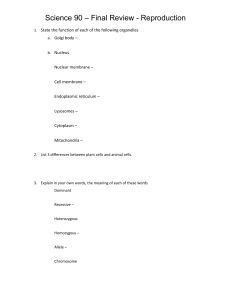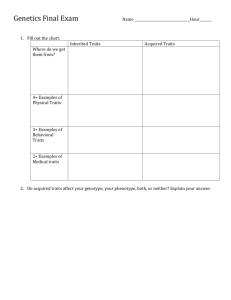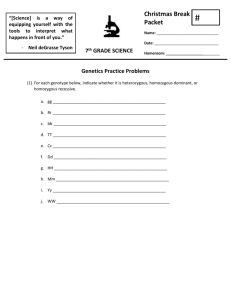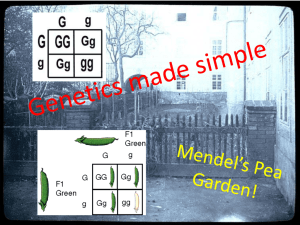SBI 3C EXAM REVIEW JAN 2014
advertisement
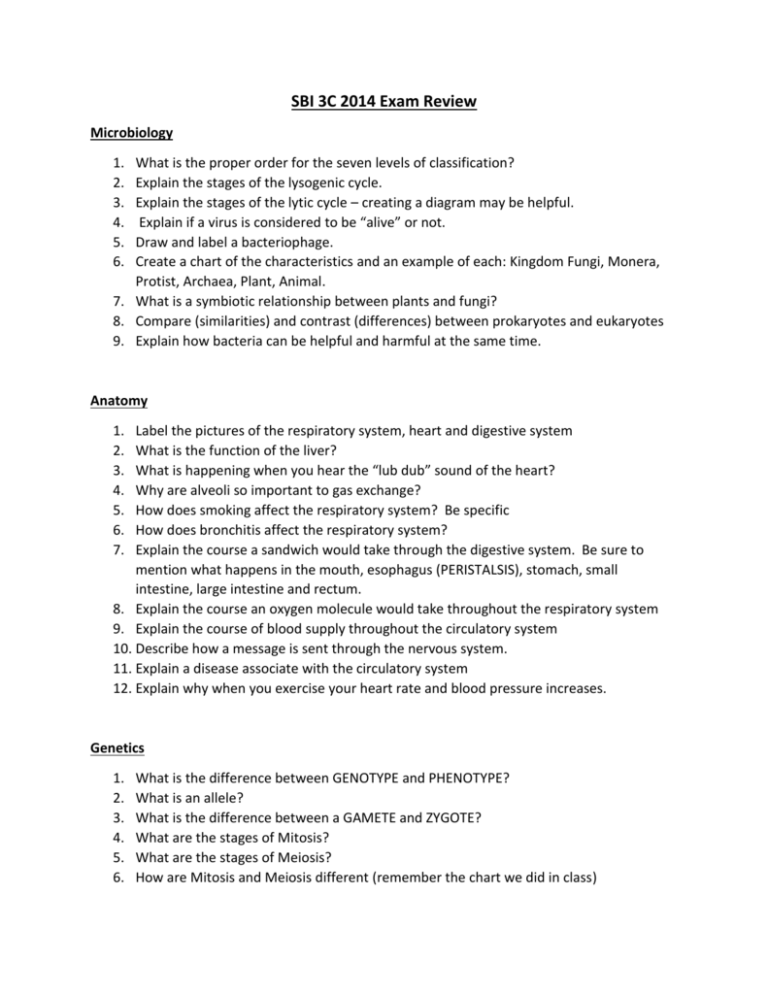
SBI 3C 2014 Exam Review Microbiology 1. 2. 3. 4. 5. 6. What is the proper order for the seven levels of classification? Explain the stages of the lysogenic cycle. Explain the stages of the lytic cycle – creating a diagram may be helpful. Explain if a virus is considered to be “alive” or not. Draw and label a bacteriophage. Create a chart of the characteristics and an example of each: Kingdom Fungi, Monera, Protist, Archaea, Plant, Animal. 7. What is a symbiotic relationship between plants and fungi? 8. Compare (similarities) and contrast (differences) between prokaryotes and eukaryotes 9. Explain how bacteria can be helpful and harmful at the same time. Anatomy 1. 2. 3. 4. 5. 6. 7. Label the pictures of the respiratory system, heart and digestive system What is the function of the liver? What is happening when you hear the “lub dub” sound of the heart? Why are alveoli so important to gas exchange? How does smoking affect the respiratory system? Be specific How does bronchitis affect the respiratory system? Explain the course a sandwich would take through the digestive system. Be sure to mention what happens in the mouth, esophagus (PERISTALSIS), stomach, small intestine, large intestine and rectum. 8. Explain the course an oxygen molecule would take throughout the respiratory system 9. Explain the course of blood supply throughout the circulatory system 10. Describe how a message is sent through the nervous system. 11. Explain a disease associate with the circulatory system 12. Explain why when you exercise your heart rate and blood pressure increases. Genetics 1. 2. 3. 4. 5. 6. What is the difference between GENOTYPE and PHENOTYPE? What is an allele? What is the difference between a GAMETE and ZYGOTE? What are the stages of Mitosis? What are the stages of Meiosis? How are Mitosis and Meiosis different (remember the chart we did in class) 7. A bird has 20 chromosomes in a stomach cell. a. How many chromosomes are in a skin cell? b. How many chromosomes are in a sperm cell? 8. Freckles (F) are dominant over no freckles. What are the genotypes for: a. Heterozygous freckles b. Homozygous freckles c. Homozygous no freckles 9. In guinea pigs, black coat colour (B) is dominant over white (b). Determine the genotypes and phenotypes of the offspring is a heterozygous black female is crossed with a homozygous white male. 10. In humans, brown eyes (B) is dominant over attached (b). Detached earlobes (E) is dominant over attached (e). If a fully heterozygous female is crossed with a male whose genotype is bbEe: a) What are the phenotypes of the parents? b) What are the possible genotypes of the offspring? c) What is the possibility of an offspring have brown eyes and detached earlobes?
